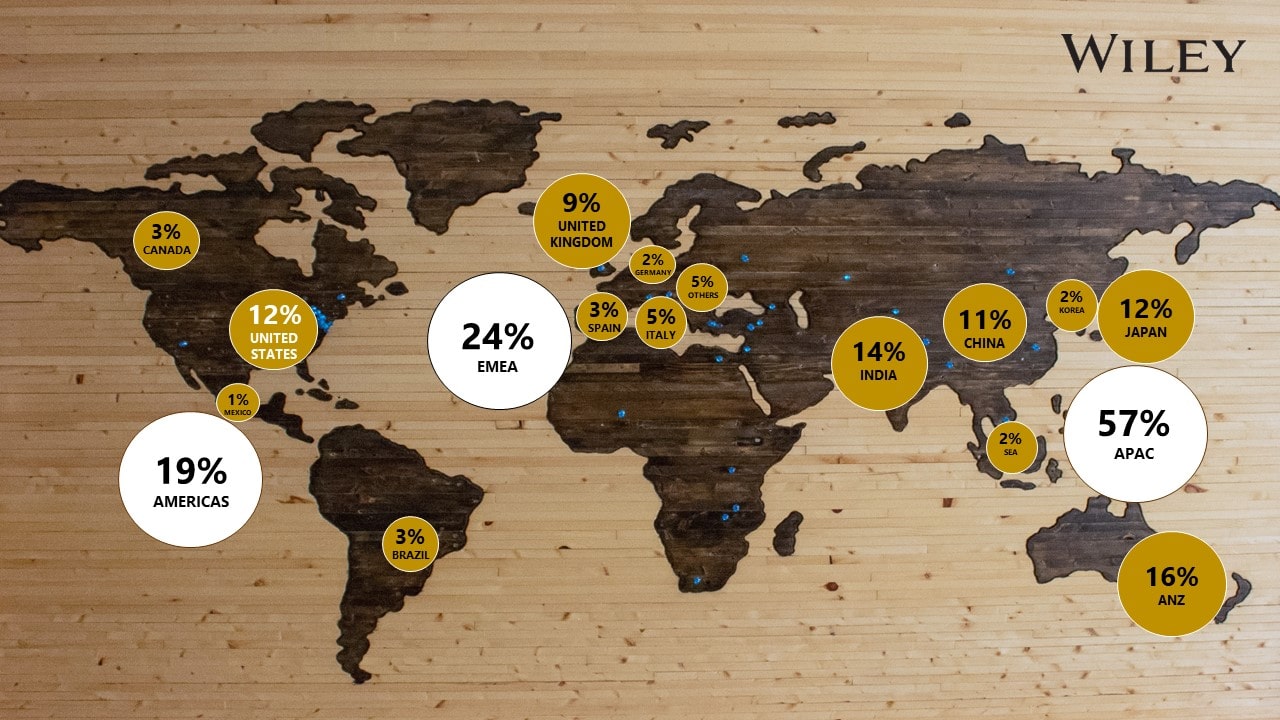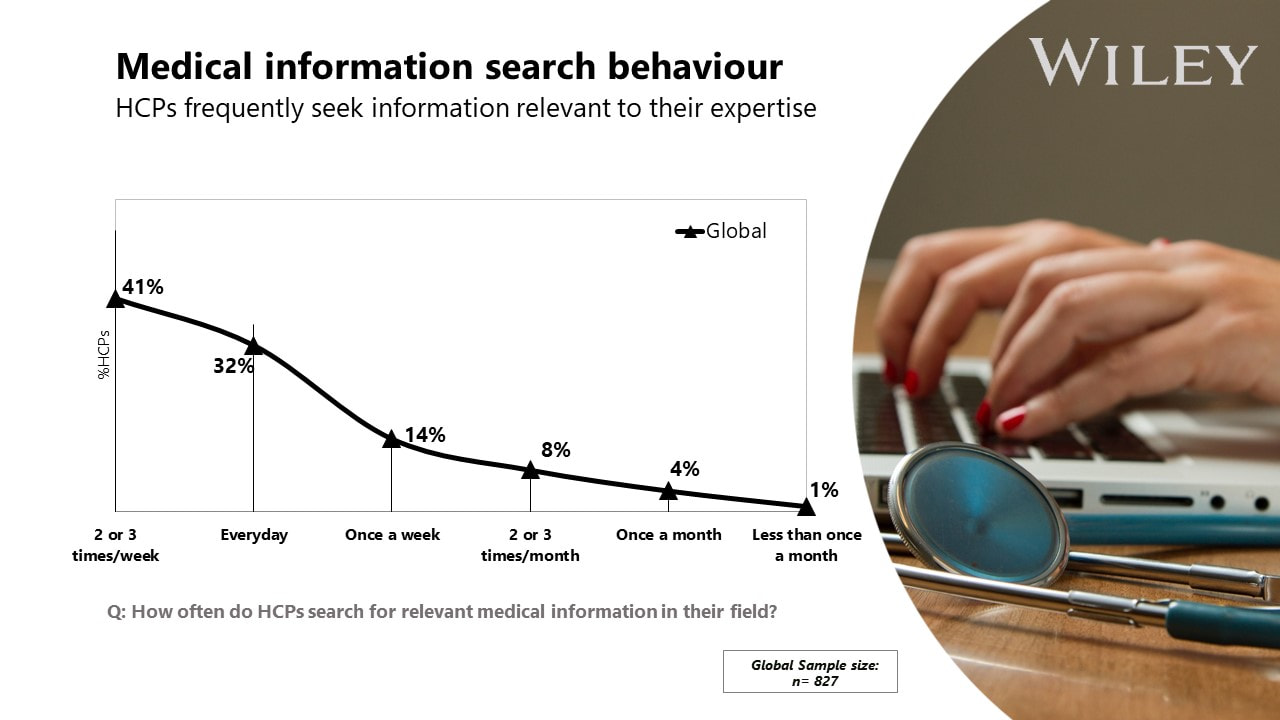-
Publications
-
Journals
- Medicine
- Physical Sciences & Engineering
- Chemistry
- Life Sciences
-
- Psychology
- Agriculture, Aquaculture & Fish Science
- Business, Economics, Finance & Accounting
- Social & Behavioral Sciences
-
Solutions
-
Healthcare Industry
- Why Partner with Us?
- Advertising
- Medical Education
- Health Communications
-
Science & Industry
- Why Partner with Us?
- Advertising
- Events & Education
- Communications
-
HR & Recruiters
- Why Partner with Us?
- Recruitment Advertising
- Content is King...But is it Enough?
- The Top 5 Tips for Good Publication Practices
- 5 Reasons to Publish the Proceedings of your Sponsored Symposium with a Medical Journal
- How to Find the Right Balance Between Value for your Readers and Value for your Business Through Publishing
-
Resources
How do Healthcare Professionals Access Information? Three Take-aways from our Global Survey
24 March 2021
Are healthcare professionals your target audience? Read on…
We recently questioned over 800 healthcare professionals from 77 countries about how they prefer to access information and how this affects their clinical decisions. Their responses are particularly interesting in light of the COVID-19 pandemic, which has disrupted how we all consume and share information. However, as vaccination programs signal the end of the pandemic, will these trends persist in the long term?

Wiley surveyed over 800 healthcare professionals from 77 countries on their information access preferences and effects on clinical decisions
Clinicians are hungry for information but struggle to discover the most relevant data
The survey revealed that most participants (around 72%) search for medical information relevant to their field either every day or 2-3 times per week. One-third of healthcare providers search for information every day. This is likely to have increased since the start of the pandemic as clinicians struggle to keep up with new developments. As a completely new virus, very little information was available at the start of the pandemic. However, with the crisis response rapidly evolving and new treatments being developed very quickly, medical professionals have had to work hard to keep up.

Most healthcare professionals search for relevant medical information every day or 2-3 times a week
The study also revealed that many are struggling with the rapid pace of knowledge development. For instance, almost a third of those in the survey’s US cohort said that they struggled to find the relevant information to make choices. The volume of information published on COVID-19 has increased as the pandemic has progressed, and so finding the right information requires a combination of e-alerts and proactive internet searches.
So, how can we find a new balance in supporting people in clinical practice or in research – or both – without filling their inbox with 100 messages a day? How can we help clinicians to prioritize information when all pieces of data seem to be critical?
Mobile, interactive content formats could help busy clinicians to prioritize
Rapidly digestible forms of clinical information that are accessible on the move are important, so they need to be mobile friendly. Short videos, one-page summaries of clinical studies, podcasts, webinars, and content feeds can all help to put new findings into a clinical context, answering the all-important question: “How can I use this with my patients tomorrow?”
Content like this engages busy healthcare providers and allows them to scratch the surface of numerous articles. Then they can prioritize a deeper analysis into one or two that are most relevant or valuable to them. For Wiley authors, article discovery packages are available which allow authors to get their research noticed and stand out from the crowd.
The switch to virtual creates challenges and new opportunities
The other big trend to emerge from the pandemic is the switch from face-to-face to virtual communication and this, along with increased home working, is likely to persist to some degree when the pandemic is over. Conferences, meetings and continuing medical education have all switched to virtual formats. People have become accustomed to using video conferencing platforms like Zoom and Teams. This virtual discourse has advantages, of course, but it can’t fully replace in-person interactions – something many people are really missing.
This is also a challenge for pharmaceutical companies, many of which have a large marketing budget and a sales force who can no longer meet doctors to pitch in person or be present at conferences and congresses. Virtual conferences and meetings can replace this to some degree, but I’m interested to see how digital fatigue has an impact as the months go by. Publishers need to work with pharmaceutical companies to rethink the traditional communication channels they use in order to reach customers in new ways.
We aim to do another survey very soon, and it will be interesting to see if people remain as engaged or if we are seeing the first signs of digital fatigue. Stay tuned.

Author:
Peter de Jong
Director, Global Corporate Sales, Wiley
pdejong@wiley.comFeatured Blogs